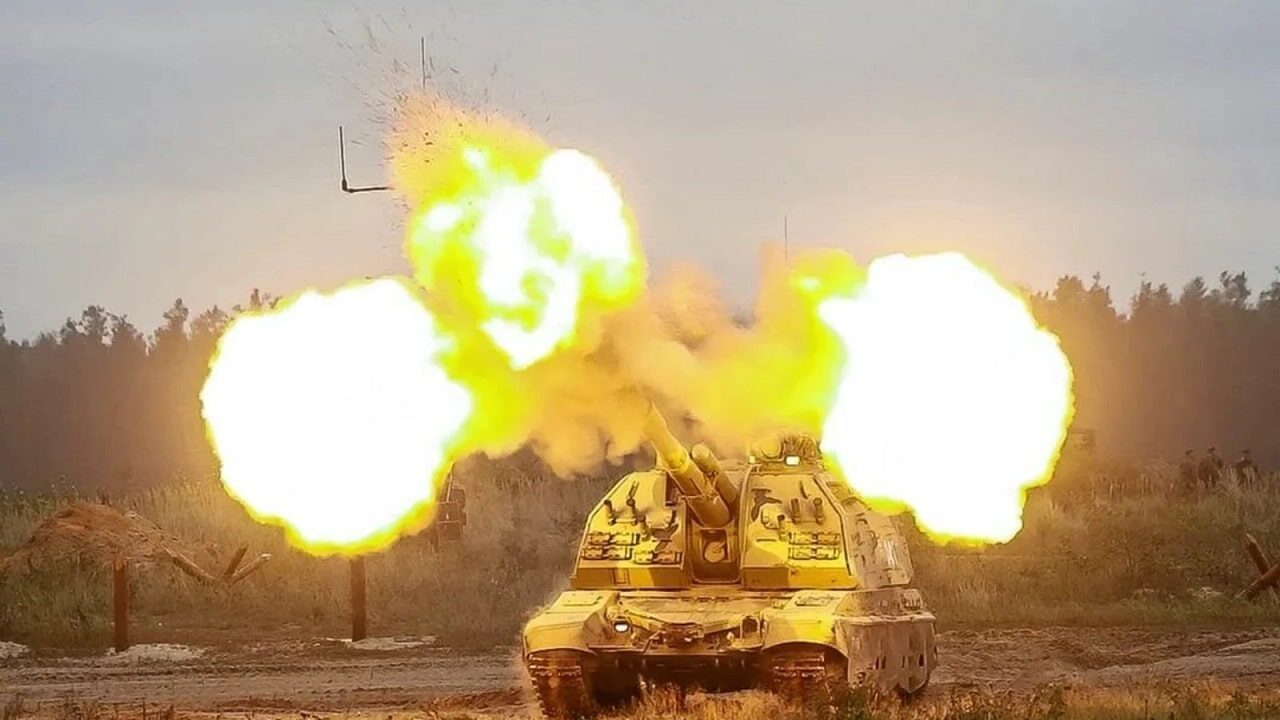Russia’s invasion of Ukraine has left the media grasping for parallels. Mechanized wars of maneuver spanning entire countries have, fortunately, become rather rare. But at least one conflict from the 20th century may hold some lessons as to the political nature of the conflict. The Winter War, forgotten by many as an appetizer to World War II, remains firmly in the memories of the Finnish people who bitterly resisted a vastly superior Soviet force for several months.
Russia vs. Finland: The Course of War
In the winter of 1939, the Soviet Union invaded the eastern marches of Finland. The invasion was part of the agreement between the USSR and Nazi Germany to partition Eastern Europe. Finland had seceded from the Russian Empire in the waning days of World War I, and unlike Ukraine, the Red Army had not reconquered its territory. However, Josef Stalin regarded the USSR’s position in the north as precarious and was particularly concerned about the proximity of Finnish territory to the city of Leningrad. Historians differ with respect to the magnitude of Soviet expectations, with some suggesting that Moscow sought regime change and others that neutralization and territorial adjustment were the goals.
The Soviet attack began on November 30. The Finns rapidly retreated to a set of prepared defenses known as the “Mannerheim Line” after a Finnish defense chief. The extreme cold took its toll on under-prepared Soviet troops. Poor Russian tactics resulted in little-to-no cooperation between infantry, armor, and artillery, just as bad weather limited air support. For their part, the Finns fought well from defensive positions and used innovative guerrilla tactics (including ski troops) to disrupt and destroy Soviet detachments. The Finns also invented (or at least coined the term for) the “Molotov cocktail,” an improvised grenade named after the Soviet defense chief that could be produced by civilians. Soviet military results were dreadful. Poor Soviet morale even at the outset of fighting declined into absolute mutiny, with Red Army infantry refusing to advance against prepared Finnish positions. Fighting ground to a halt in late December, and the front remained quiet for most of January.
Russia Marches to Victory
Soviet forces reorganized themselves and prepared for a new offensive that would begin in February. The Soviets opened a massive artillery barrage on February 1, inflicting severe damage on Finnish fortifications. On February 11 a combined arms offensive created a break in Finnish lines. Finnish fortresses along the Mannerheim Line had been battered and were progressively abandoned in the face of a renewed assault. Finland had hoped for assistance from abroad, making appeals to Sweden, France, Britain, and Germany, but only minimal support was forthcoming. Germany allowed the transit of weapons to Finland, but Hitler had no interest in antagonizing Stalin on Finland’s behalf. Sweden allowed several thousand volunteers to travel to Finland in order to fight, but ruled out formal participation. Britain and France expressed strong support for Finland and even developed several schemes for deploying troops (this would have put Paris and London at war with Berlin and Moscow at the same time), but the Swedes declined permission to transport troops and equipment.
Faced with an unwinnable situation, Finland sued for peace at the end of February. The war lasted another two weeks but ended with significant Finnish territorial concessions. Some 25,000 Finns died, along with something between 50,000-15,0000 Soviet troops. Finland would renew the war by joining Nazi Germany’s Operation Barbarossa in June 1941, but Finnish fortunes fell with those of their partners and Finland again sued for peace in September 1944.
Parallels to Ukraine?
As we acknowledged at the beginning, all parallels to the current war in Ukraine are inexact. Moscow’s ambitions in 1939 were not nearly as maximalist as Putin’s declared intentions with respect to Ukraine, as the USSR had no expectation that it would replace the government in Helsinki. Thus, the outlines of peace were apparent from the beginning of the conflict.
However, the conflict is interesting in the context of the performance of the Russian army. The Red Army began the Winter War disastrously, advancing with poor morale and poor training against an opponent far more enthusiastic and skilled than the Soviets had anticipated. Having been handed a devastating series of defeats, the Soviets picked themselves up, re-organized their forces, and committed to pressing forward. Russia was willing to pay huge costs for the relatively minor territories it won and began to reorganize its armed forces along the way. The Ukrainians have not handed Russia a defeat on this scale, but we still may see significant changes in how the Russian military operates over the next weeks and months.
Russia’s Winter War of 2022?
The course of the Winter War offers a hopeful lesson for Ukraine, in that it is possible for a smaller country to badly bloody Russia’s nose. Ukrainians are already preparing Molotov Cocktails in preparation for urban fighting in Kyiv and Kharkiv. Another lesson is less hopeful; Russia picked itself up off the canvas, shook off the damage, and proceeded to pound Finland until the Finns could take no more. Given the maximalist demands of the Russian government, the pain inflicted on Russia so far, and the extent of Russian territorial success (especially in the south), Ukraine may be looking into a grim future, the optimism of the moment notwithstanding.
Now a 1945 Contributing Editor, Dr. Robert Farley is a Senior Lecturer at the Patterson School at the University of Kentucky. Dr. Farley is the author of Grounded: The Case for Abolishing the United States Air Force (University Press of Kentucky, 2014), the Battleship Book (Wildside, 2016), and Patents for Power: Intellectual Property Law and the Diffusion of Military Technology (University of Chicago, 2020).

